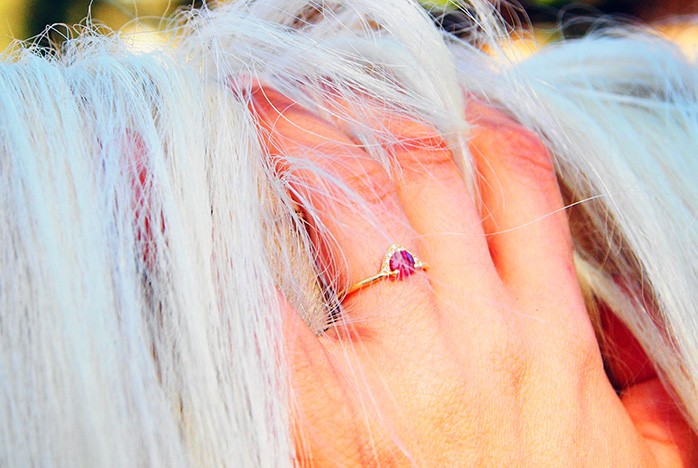
Hair vs. serum mineral analysis as a diagnostic tool
Traditional equine diets often don’t meet the horse nutritional requirements, causing mineral imbalances and other disorders. Mineral elements undergo homeostatic controls in the blood, and thus routine serum analysis usually won’t indicate sub-clinical conditions. However, hair analysis, known as a possible non-invasive biomarker for mineral status in humans, may serve better, being a metabolically inactive tissue, which tends to accumulate minerals.
This study by Ghorbani, et al. aimed to determine the effects of dietary mineral intake on serum and hair mineral contents of healthy horses. In the study, 12 young miniature horses (6 males and 6 females) were treated with dietary mineral supplementation as 0% or 2.2% of NRC requirements, in a balanced change-over design with 100% or 50% of dry matter NRC requirements, in three periods of 56 days with 7-day intervals.
Hair mineral analysis results showed a significant affect in all treatment groups, while Serum mineral analysis showed no significant affect, apart from copper and strontium.
Expert opinion by Shirley Ferber
These results strengthen previous data on hair and serum mineral elements concentrations. Indicating hair analysis as a valid diagnostic tool for veterinarians and nutritionists, and perhaps a better biological indicator for mineral status in horses. Although, as suggested by the author, future research is needed to determine reliability.
> From: Ghorbani et al., Journal of Equine Veterinary Science 35 (2015) 295-300. All rights reserved to Elsevier Inc. 2015. Click here for the online summary.


